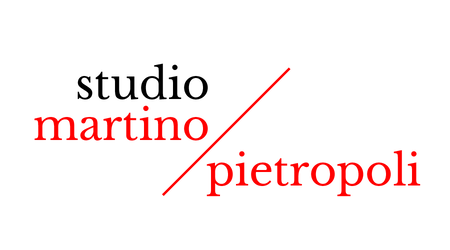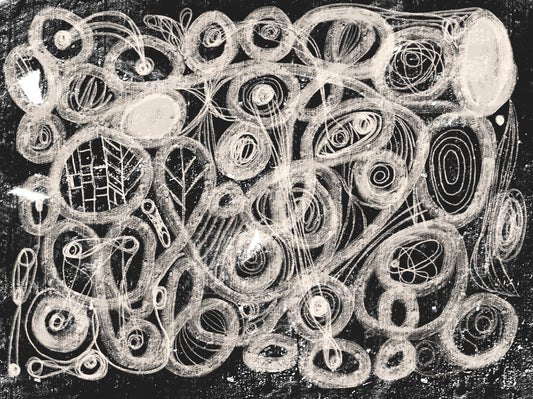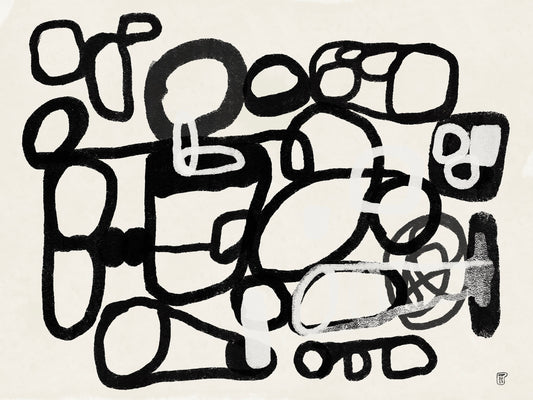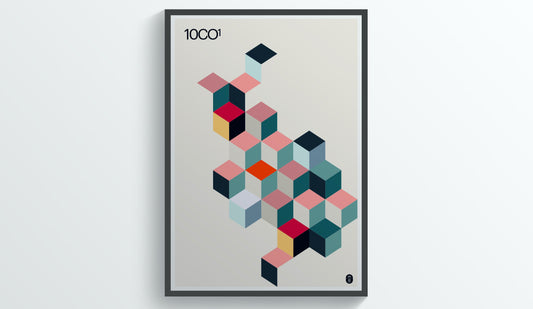My paintings are mostly abstract. The interesting thing about abstract art is that it doesn't seem to describe anything recognizable (it doesn't tell a story, there are no faces or people) but it has the ability to evoke ideas and feelings on a deeper level.
A figurative painting can allow identification by similarity: the scene described is somehow familiar to the viewer and therefore the references he or she has to find in his/her mind are referred to more normal and shared objects or situations (the inside of a house, a landscape - this example works less well with decapitation, I hope at least).
Abstract art, on the other hand, manages to stimulate the mind to produce images rather than conjure them. In some ways, it bypasses the memory part of known or experienced images and situations and acts on a deeper level, made of emotions (or even absence of emotions). It also acts on mental associations: an abstract form can remind us of a familiar object or a familiar face, while not being similar to them. This is why we find that some abstract compositions remind us of something, and this is also why children have an easier time observing abstract art and finding interest in it: their minds are not yet loaded and overburdened with memories, their brains are more plastic, and their ability to make mental associations is more fluid.
I say all this to explain one thing: you can say how an abstract painting is made, what colours is it made with and what kind of paper or canvas it is painted or printed on, but describing its features is an impossible task, or at least tremendously boring.
I realized this when describing my works. In the end I said the same thing about all of them: it's abstract, it uses certain colors, it's the result of the search for a formal balance based on the juxtaposition of masses or colours. I could write this about some works but after a while I couldn't take it anymore. That's why I preferred to describe them physically only with respect to size and color and instead associate them with a small story, sometimes a simple image narrated in words. Not always (in fact, almost never) do these little stories relate to the work itself. Very often they have a very distant reference and sometimes none at all. In a certain sense, however, they arise from an unconscious suggestion that that work has aroused. The link is the association of ideas that has generated a story or a thought, not a story with which the observer can identify.
I like to think that they exist together with the painting to which they are attached, to the point that I would like to print them on its back. Maybe, who knows?



